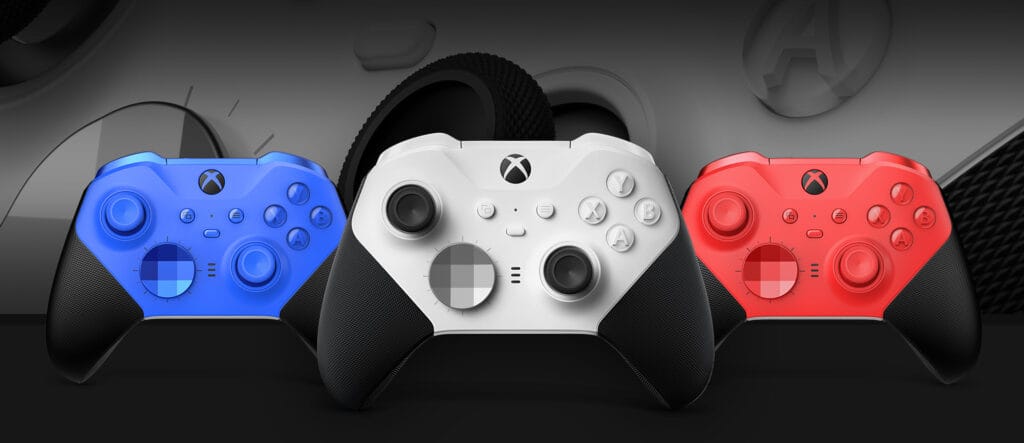Since its debut in 2001, the Xbox controller has undergone a remarkable transformation. What started as a bulky and experimental design has evolved into one of the most ergonomic and innovative gaming controllers in the industry. Each iteration reflects Microsoft’s commitment to enhancing player experience, making the Xbox controller a hallmark of modern gaming. Let’s take a closer look at the journey of the Xbox controller, from its early days to its current refined form.
The Original Xbox Controller: The “Duke”

The original Xbox controller, affectionately nicknamed the “Duke,” was launched with the first Xbox console. Its oversized design was polarizing, with a layout that included:
- A bulky body
- Analog sticks placed slightly apart
- A center logo and expansive button spread
While it offered unique features like analog triggers, many gamers found it cumbersome. Microsoft quickly responded with a smaller, redesigned “Controller S” that gained widespread approval.
Xbox 360 Controller: Setting the Standard

Released in 2005, the Xbox 360 controller revolutionized gaming. It introduced several iconic features, such as:
- A more compact and ergonomic design
- A Guide button for quick access to the dashboard
- Wireless functionality
The Xbox 360 controller became the benchmark for console controllers, influencing designs across the gaming industry. Its popularity extended to PC gaming, solidifying Xbox’s reputation for versatility.
Xbox One Controller: Refining the Formula

In 2013, Microsoft unveiled the Xbox One controller, focusing on refinement rather than drastic changes. Improvements included:
- Textured grips for better handling
- Impulse triggers for enhanced haptic feedback
- Improved thumbsticks and D-pad for precision
The Xbox One controller retained backward compatibility with the 360 controller on PCs, further cementing its appeal.
Xbox Elite Controller: Customization for Pros

In 2015, Microsoft introduced the Xbox Elite Controller, targeting competitive gamers. Key features included:
- Removable paddles for added inputs
- Hair-trigger locks for faster shooting
- Swappable components for thumbsticks and D-pads
The Elite Series 2, launched in 2019, built upon this foundation with improved build quality, customizable profiles, and an internal rechargeable battery.
Xbox Series X|S Controller: Modern Minimalism

The Xbox Series X|S controller, launched in 2020, combined the best elements of previous designs while introducing modern enhancements. Notable features include:
- A share button for instant content sharing
- Improved D-pad inspired by the Elite controller
- Textured grips on triggers and bumpers
This controller retained compatibility with a wide range of devices, from PCs to mobile phones, making it one of the most versatile controllers to date.
Conclusion
The evolution of the Xbox controller showcases Microsoft’s dedication to player feedback and innovation. From the “Duke’s” massive frame to the sleek, feature-packed Series X|S controller, each iteration has pushed boundaries in design, comfort, and functionality. Whether you’re a retro enthusiast or a competitive gamer, the Xbox controller’s legacy offers something for everyone.
FAQs
1. Why was the original Xbox controller called “The Duke”?
Its large size earned it the nickname, resembling a big and imposing presence in gamers’ hands.
2. Can Xbox controllers work with older consoles?
Most Xbox controllers are not backward compatible with older generations, but adapters can help bridge compatibility gaps.
3. What makes the Elite Series different from standard Xbox controllers?
The Elite Series offers advanced customization options, such as swappable components and adjustable triggers, catering to pro gamers.
4. Does the Xbox Series X|S controller have Bluetooth?
Yes, the Series X|S controller supports Bluetooth for seamless connection to PCs and mobile devices.
5. Are older Xbox controllers still usable today?
Yes, many older Xbox controllers work with PCs and emulators, preserving their legacy.






